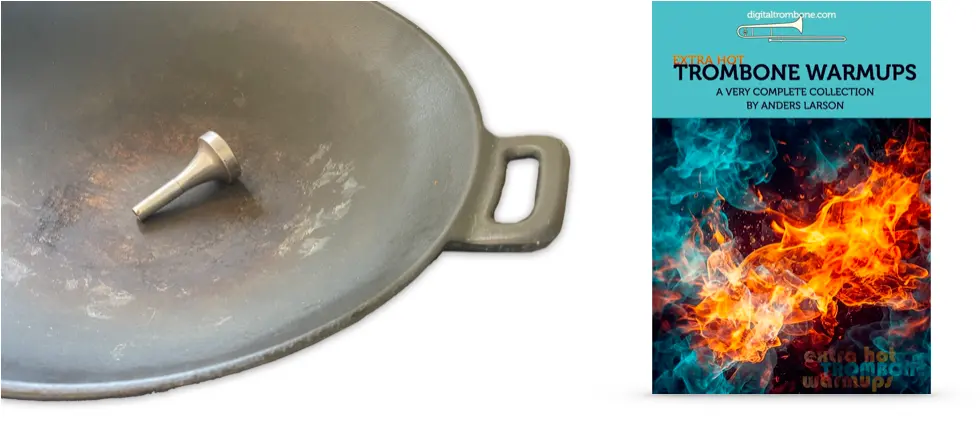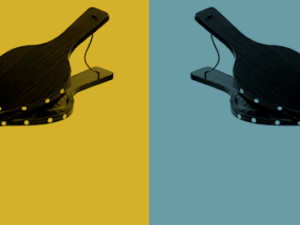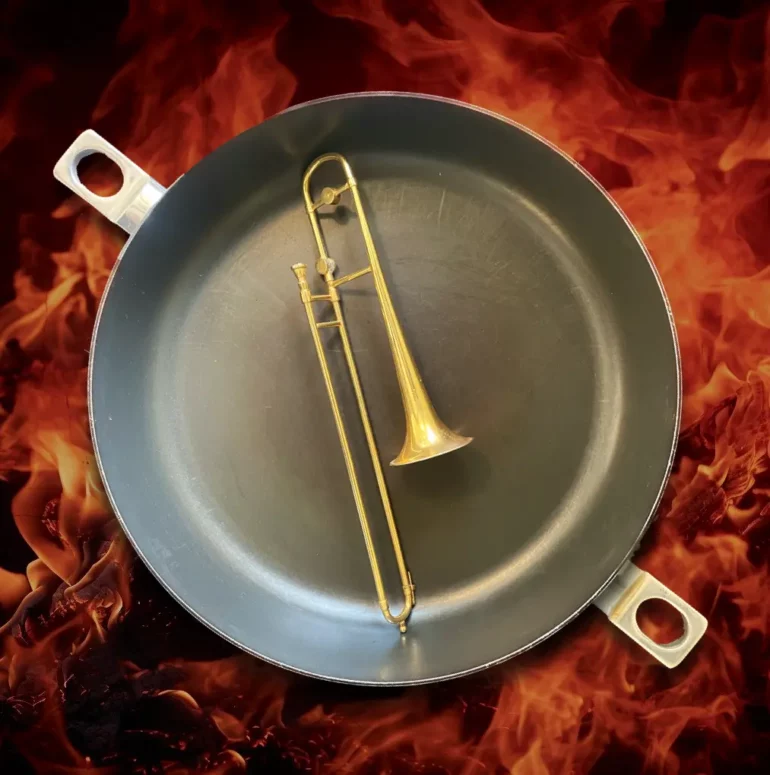
Introduction to the beneficial trombone warmup
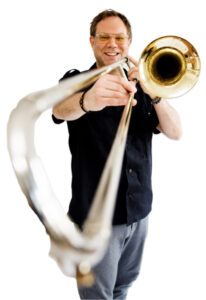 Every trombonist, whether a budding beginner or a seasoned professional, should recognize the importance of a thorough warm-up. Yet, many reduce the concept of ‘warming up’ to a few lip slurs or scale runs, viewing it merely as a prelude to the ‘real’ practice or performance. In truth, warm-ups lay the foundation for all the playing that follows in the day. It isn’t just about prepping the lips or ensuring the slide moves fluidly.
Every trombonist, whether a budding beginner or a seasoned professional, should recognize the importance of a thorough warm-up. Yet, many reduce the concept of ‘warming up’ to a few lip slurs or scale runs, viewing it merely as a prelude to the ‘real’ practice or performance. In truth, warm-ups lay the foundation for all the playing that follows in the day. It isn’t just about prepping the lips or ensuring the slide moves fluidly.
A comprehensive warm-up harmonizes the body, the mind, and the instrument, setting the stage for a productive and engaging musical session. It’s not about the duration—often, 15 minutes is sufficient—but about doing it correctly with complete focus, enabling your trombone to truly sing.
In this article, relevant to all brass players and not just our trombone aficionados, we’ll explore the multifaceted significance of trombone warm-ups. When done reading it, you’ll not only have a deeper understanding of this crucial practice but also practical strategies to elevate your warm-up routines. Hopefully, you won’t be too exhausted by the end of the article to perform a good trombone warmup! For those eager to take action on the horn, the book “Extra hot trombone warmups” provides an extensive collection of exercises and insights that complement the principles discussed here.
Why Warm-ups Matter
Warm-ups, while often underestimated, play a pivotal role in a trombonist’s daily routine. Their significance extends far beyond merely prepping the muscles or getting accustomed to the instrument for the day’s sessions. Here’s why dedicating time to a proper warm-up is so crucial.
The Synchronization of Body and Mind
Before diving into complex pieces or rigorous practice sessions, a trombonist needs to be mentally alert and physically ready. Warm-ups help bridge the gap between our everyday activities and the focused state required for playing a brass instrument. They allow us to center our attention on the instrument and produce the best sounds possible. I started my warm-up, but slipped into writing this article. A brilliant example of what not to do when warming up…
Optimizing Sound Quality
A proper warm-up ensures that the embouchure is set, the airflow is controlled, and the instrument resonates as intended. By starting with simpler exercises in a comfortable range, we give ourselves the opportunity to really listen, adjusting and perfecting the embouchure as needed to produce a clear, beautiful tone. This sets a positive tone for the rest of the practice, reinforcing good habits and optimal sound production.
Building Flexibility and Range
Warm-ups aren’t just about playing familiar notes or patterns. They can be an excellent time to gradually increase your range, both high and low, and to work on flexibility. This enables you to tackle more demanding pieces with agility, precision, and great instrument respons.
Preventing Strain and Potential Injury
While it might be a less glamorous reason, it’s essential nonetheless. Jumping into intense playing without a warm-up can strain your delicate trombone muscles. Over time, without proper warm-ups, a player could risk more severe injuries, affecting their ability to play. The amazing Freddie Hubbard is a prime example of this. According to Mr. Hubbard himself, he played too vigorously without a proper warm-up too often, resulting in a serious injury to his upper lip. This led to an infection, and from that point on, trying to live up to his former glory became a constant challenge for him.
Fostering Consistency in Practice
Regular, structured warm-ups promote consistency in your playing. They offer a set routine that can help gauge your day-to-day progress and highlight areas that might need more attention. Over time, this consistent approach not only improves your playing technique but also builds confidence.
In conclusion, warm-ups are an indispensable component of a trombonist’s daily routine, ensuring that every practice session or performance starts on the right note.
Beyond Just the Lips
It’s a common thought: warm-ups are just for getting our lips in shape. But that’s only scratching the surface. True, our lips are pretty important. They are the bridge between us and our trombone. However, the warm-up process is about much more than that.
Think of your body as an intricate musical machine. Every part, from your toes to the top of your head, plays a role in producing that perfect tone. The way you stand, the way you breathe, and even the way you think are all crucial elements in your playing. Warming up is the process of bringing all these components into harmony.
The respiratory system, in particular, is essential for any brass player. Taking a deep, controlled breath and using it effectively is the bedrock of good brass technique. Warm-ups aren’t just about preparing the lips; they’re about preparing the lungs, the diaphragm, and even the mind. By giving our entire body a gentle introduction to the demands of playing every day, we set ourselves up for success every time we pick up our instrument.
In conclusion, the next time you start your warm-up, remember: it’s not just about the lips. It’s about turning yourself into an emotional top-notch trombone robot.
Opening up the Throat for a Full Sound
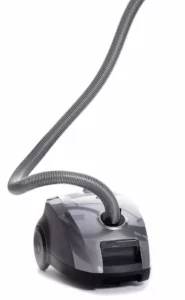 This is one of the most important aspects of all brass playing, and especially for low brass. In order to achieve that big, beautiful trombone sound, a significant part of it boils down to the throat. Let’s delve into the mechanics behind this and explore how an open throat can enhance your sound.
This is one of the most important aspects of all brass playing, and especially for low brass. In order to achieve that big, beautiful trombone sound, a significant part of it boils down to the throat. Let’s delve into the mechanics behind this and explore how an open throat can enhance your sound.
I use to think of the sensation of an open throat as having a vacuum cleaner tube all the way down my throat, but this might be a bit too morbid of a visualization for this article. I better not mention it…
The Anatomy of Sound Production
When playing the trombone, or any brass instrument for that matter, the sound is produced as air from the lungs is funneled through the mouth and causes the lips to vibrate within the mouthpiece. This vibration sets off a chain reaction, producing the sound waves that we perceive as music. The throat acts as a highway for the air, while the cavity of the mouth acts sort of as a resonating chamber in this process. An open and relaxed throat leads to a richer, more full-bodied sound.
Imagine trying to sing with a tight throat; the sound becomes pinched and lacks depth. The same principle applies to the trombone. A constricted throat can stifle the instrument’s natural resonance, leading to a tone that lacks warmth and depth.
Techniques to Open the Throat
One of the best ways to understand the sensation of an open throat is to yawn. Notice the open feel in the back of your mouth and throat? That’s the sensation you want when playing.
- The Yawning Exercise: Begin your warm-up with a few deliberate yawns. Feel the stretch and openness in your throat. Keep shoulders down and relaxed. Try to maintain this feeling as you play.
- Visualize the Sound: Picture your sound as a wide, expansive column rather than a narrow beam. This visualization can help create the sensation of an open throat.
- Practice with a Vocal Approach: Sing a note and feel the openness in your throat. Now, try to replicate that sensation when playing the trombone.
Remember, the key is relaxation. Any tension, whether in the throat, jaw, or shoulders, will affect your sound. Regularly practicing these techniques will not only help in producing a more resonant tone but also make playing feel more effortless and enjoyable. You might even experience that your voice gets deeper over time. Ever noticed that bass trombone players tend to have a deeper voice than tenor trombone players? Not sure what came first, the chicken or the egg, but there is a connection here!
Incorporating these methods into your daily routine, alongside the exercises in “Extra hot trombone warmups“, will ensure that you harness the full potential of your instrument, producing a sound that’s both powerful and beautifully resonant.
Engaging the Body: Physical Exercises to Complement Warm-ups
The trombone, like any musical instrument, highly benefits from good posture and overall shape. Trombone playing is not just about the embouchure; your core, back, and shoulders all play a significant role in your ability to produce a beautiful sound. Engaging in simple stretches and exercises can enhance flexibility, increase stamina, and help in achieving a richer tone. I try to remember to do a few simple exercises before picking up the trombone. Admittedly, I forget it far too often, even though I know and love the sensation of playing after preparing my body for it just for a minute or two. Let’s drop the analysis for a moment, and take some action;
Stretches for the Core, Back, and Shoulders
- Shoulder Rolls: Begin by rolling your shoulders forward in a circular motion with your arms stretched out to the side. After a few rotations, reverse the direction. Try small up-and-down movements too. This helps in both loosening and building up the shoulder muscles and is an instant posture fix.
- Neck Tilts: Gently tilt your head to one side, stretching the neck muscles. Hold for a few seconds, then repeat on the other side. Don’t overdo it or strain the neck.
- Twisting Stretches: Sit or stand straight. Turn your upper body to one side, keeping your hips forward. This stretch engages the core and back.
- Arm Extensions: Stretch your arms out wide, then bring them forward, clasping your hands together. Stretch out again, and then give yourself a hug, alternating which arm is on top.
The Mental Aspect of Warm-ups
While physical preparation is essential, the mental aspect of warming up is just as crucial. It’s about tuning into the present moment, readying your mind for the focused practice or performance ahead. When you mentally prepare, you ensure a connection between mind, body, and instrument, leading to more productive practice sessions and captivating performances. Believe me, this is harder than it sounds!
Visualization is a powerful tool in this process. Before playing, close your eyes and imagine yourself playing the piece or warmup exercise flawlessly. Picture every slide movement, every breath, and every note. This mental rehearsal primes your mind, making it easier when you physically play.
Remember, a balanced warm-up routine addresses both physical and mental aspects. By combining these, you set the stage for musical excellence.
Crafting a Personalized Trombone Warm-up Routine
Creating an effective warm-up routine isn’t about blindly following what someone like me tells you to do; it’s about tailoring a routine that specifically caters to your unique needs. Everyone has areas that require special attention. Recognizing these is the first step towards crafting a routine that’s both efficient and effective.
- Assessing your individual needs: Spend some time reflecting on where you feel most comfortable and where you face challenges when playing. Do high notes give you trouble? Or do you struggle to play low notes with a full sound? Pinpoint these areas and make sure your warm-up targets them.
- Combining different trombone playing aspects: Your warm-up doesn’t have to be limited to just one type of exercise such as long notes or slow lip slurs. Incorporate articulation, flexibility, scale and ear training into your warm-up. This not only makes it comprehensive but also keeps it engaging and varied.
- Consistency is Key: Whichever routine you craft, consistency is crucial. A well-thought-out routine practiced sporadically won’t yield the desired results. Make it a habit to warm up diligently before every practice session or performance.
- Varying your warmup: yes, this kind of goes against the consistency approach, but it does make sense. Changing your warmup weekly, or maybe monthly, will make sure it keeps fresh and challenging. Too many months or years with the same patterns might make you turn on the autopilot.
A warm-up routine should be dynamic. As you grow and evolve as a trombonist, your needs will change. Regularly reassess and tweak your routine to ensure it remains relevant and beneficial. Just remember, a good trombone warmup is not about mastering a specific warmup exercise, it is about making your instrument sing and prepare you to play the most beautiful music you can. Luckily, trombones tend to make music beautiful, so just go with the flow…
Conclusion
Warm-ups aren’t just a preliminary step; they’re an integral part of a trombonist’s daily regimen, laying the groundwork for every note that follows. They prime not only the lips but also the body, and mind. The only thing more important than compiling a comprehensive warm-up routine is how you play it. It will never come down to how many exercises you can squeeze into a 15 minute time slot. Make every note in your warmup count!
The importance of continuously evaluating and adjusting one’s warm-up cannot be overstated. As musicians, we are ever-evolving. What works today might not be as effective tomorrow, and often that is a good sign.
The “Extra hot trombone warmups” book provides carefully curated and crafted hands-on exercises tailored to various needs. It’s a valuable resource that could soon be a cornerstone in your daily practice. Select exercises that resonate with your unique requirements, and make sure to revisit the book’s content regularly to keep the warmup fresh.
Or, you can start a free trial to the full member’s section. Here you will find not only the content of the book, but more than 2.000 pages of high-quality trombone sheet music, all with clear and precise written instructions. In the member’s section, you can furthermore make personal notes for each exercise, and save your favorites for easy access.
Trombone warmup resources
Here are links to actionable trombone exercises that will help you do a proper warmup and get those chops going.
Member’s section exercises
Warmup: Getting back in business
Extending Your Range With Mouthpiece
Free trombone warmup exercises
Trombone lesson: Kickstarting lips and airflow
Trombone lesson: Crescendo with full control
Trombone lesson: Improve your playing in five minutes
Trombone lesson: warm up and play music (sort of) at the same time
Trombone books
Trombone trigger finger workout
Flexibility for trombone players
Now go play!
Anders Larson,
founder of digitaltrombone.com
PS. Remember only to use cast iron pans when warming up the mouthpiece.



